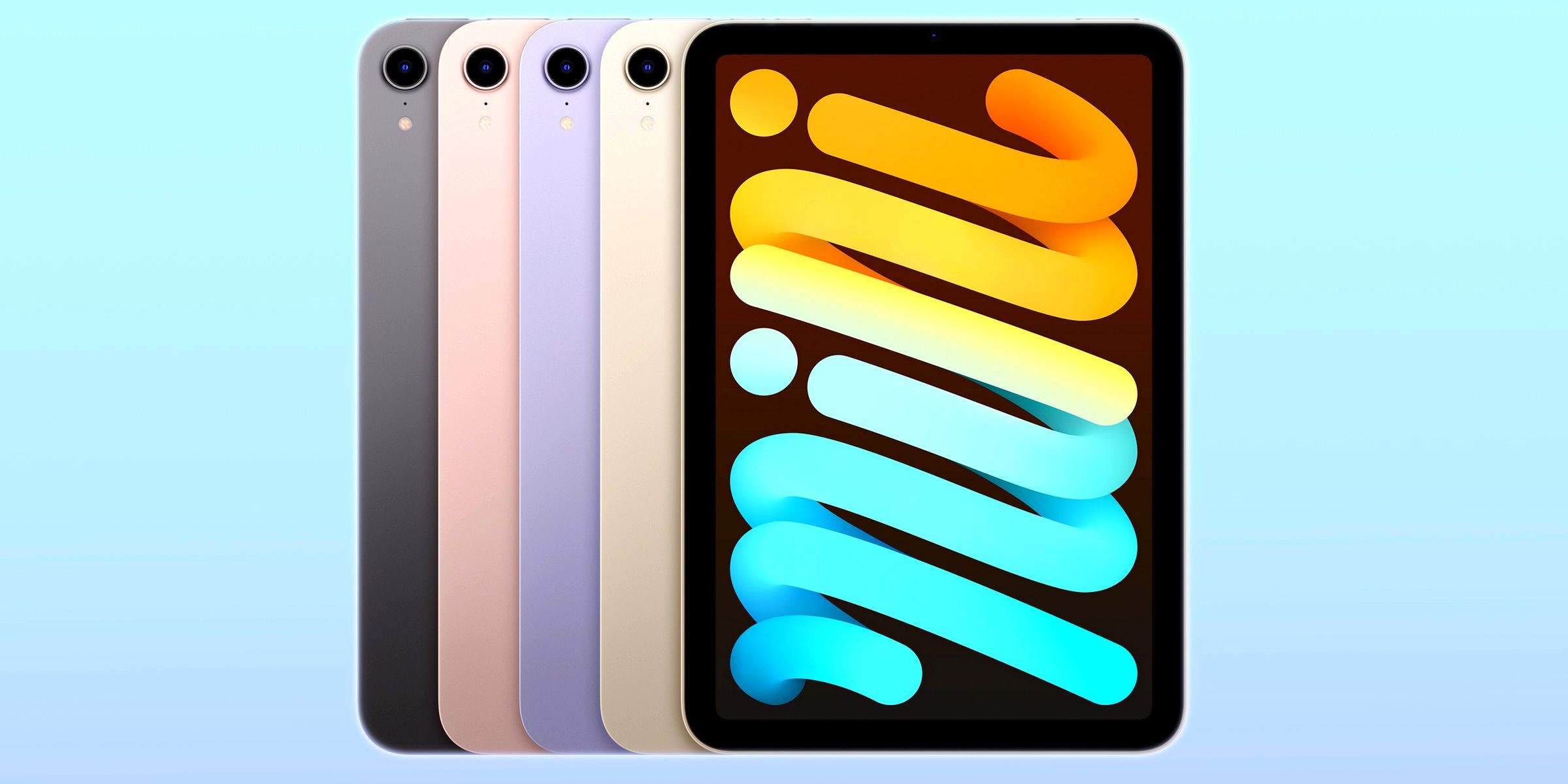The sixth-gen iPad mini has been troubling users with an odd ‘jelly scrolling’ issue, but Apple says it’s normal behavior for LCD screens, which means the company likely won’t recognize it as an issue and offer a fix. Multiple users on social media and support forums have reported experiencing the odd visual effect that causes content, especially lines of text, to appear wavy while scrolling. Interestingly, the issue is only noticeable when the screen is held in portrait orientation.
So far, there hasn't been any concrete explanation for the behavior. For example, whether it's a software bug or if a hardware flaw is causing the problem. More importantly, this is not the first device to exhibit such an issue. Over the past few years, a handful of phones have been plagued by the problem, and multiple users in the past have complained about a similar issue with older iPad models on Apple’s own discussion forum. In some cases, companies have tried to solve the issue via software updates to a variable degree of success.
iPad mini 6 users appear to have been relegated to a weird state of helplessness at this moment where neither hardware nor software support for the issue appears to be in the pipeline. Apple reportedly told ArsTechnica that the jelly scrolling effect on the new iPad mini is not actually a flaw that users should be worried about. Instead, Apple calls it normal behavior for LCD screens. Also known as skewing or desynchronized scrolling, the jelly scrolling effect happens when the content on one side of the screen refreshes faster than the other side.
iPad mini 6 Users Have To Live With It
When this happens while scrolling — on a webpage, for example — content on one side of the screen appears to go up quicker, which gives the lines a wavy effect as they move up or down. When the iPad is flipped, as can be seen in multiple iPad mini 6 videos posted online, the direction of the wavy effect is reversed as well. As for why this happens only in portrait mode, that's apparently to do with the wiring beneath the display. Essentially, there's a slight delay for signals to reach from one end of the screen to the other after touch input, resulting in a minute desynchronization. Unfortunately, there doesn't appear to be any hack for getting rid of the jelly scrolling effect, so users have to live with it and eventually learn to ignore it. Or just get rid of the tablet.
It is not clear why the issue is more pronounced on Apple's latest mini tablet, but the key takeaway is that Apple doesn’t recognize it as a problem, which means iPad mini 6 users hopeful of a replacement or free repair have nowhere to go. Given Apple’s response, a software fix of any kind is also unlikely to be coming soon. Some on social media have already started referring to the issue as 'jellygate' (in the same vein as the infamous 'Antennagate'), but there doesn’t appear to be any merit behind the label given Apple is not at fault here. That is, according to Apple.
Source: ArsTechnica


